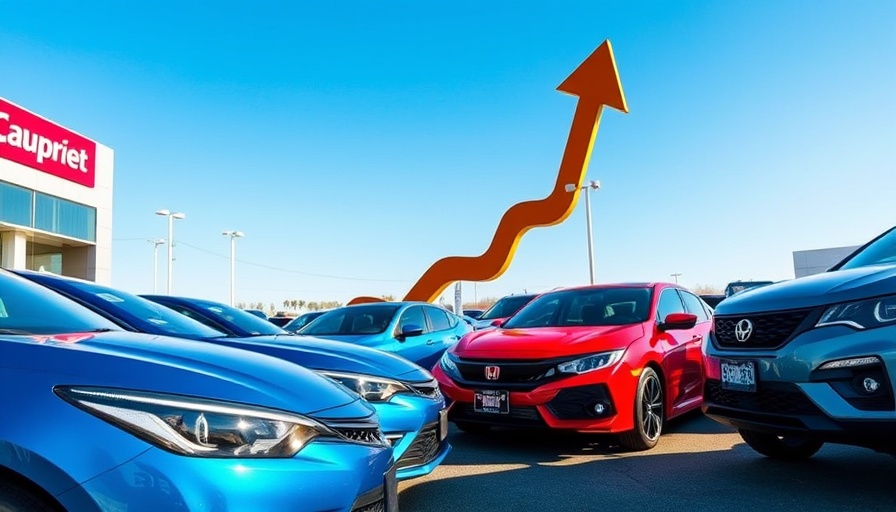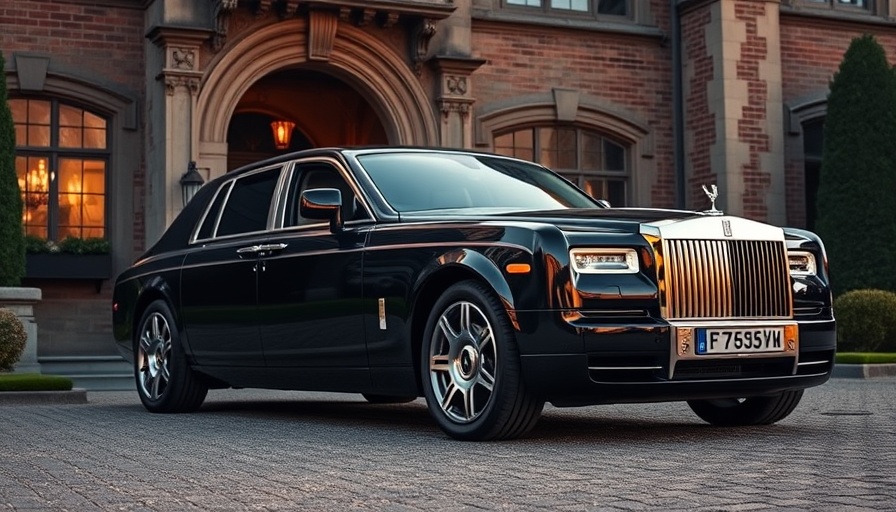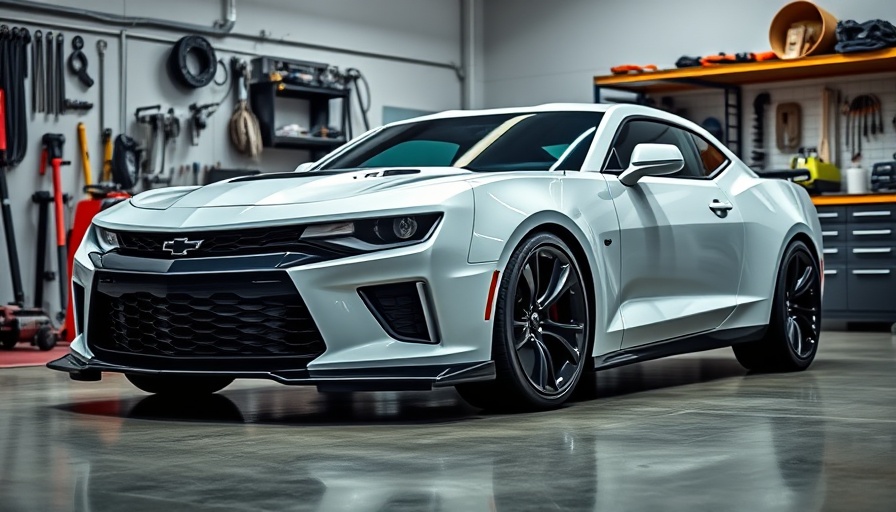
Understanding the Automotive Price Surge
As summer rolls in, a surprising trend is taking shape in the automotive industry: the increasing Manufacturer's Suggested Retail Price (MSRP) across a multitude of car brands. If you’ve recently found that your dream car’s sticker price has risen considerably, you’re not alone. Major automakers like Toyota, BMW, Honda, and even Tesla have recently made adjustments, with increases varying significantly across models and segments.
The Summer Hike: What’s Behind the Changes?
This summer, manufacturers have quietly raised prices by an average of several hundred dollars per vehicle. For instance, Toyota and Lexus saw modest increases of about $270 and $208, respectively. Honda increased prices for the Civic by 1.8%, while in the luxury segment, BMW and Mercedes-Benz applied increases around 1.9% across their core offerings. In some cases, the increases have been steep, such as a $5,000 hike in prices for Tesla’s Model S and Model X.
Economic Factors Driving Up Costs
Several economic forces underpin this trend. First, inflation has raised the cost of essential materials such as steel, aluminum, and semiconductors. As a result, automakers are faced with tighter profit margins, driving them to increase MSRPs to protect their bottom line. Wages in many sectors related to car manufacturing are also on the rise, further adding pressure to retail pricing.
Strategies of Incremental Updates
Additionally, automakers are clever in how they implement these price increases. Instead of full redesigns, manufacturers often choose to refresh existing models with minor upgrades—like infotainment enhancements or aesthetic tweaks—justifying a slight uptick in price. This method allows them to present a more attractive vehicle while contributing to the bottom line without a complete overhaul.
Market Competition's Role
The competitive landscape of the automotive industry plays a crucial role as well. Brands closely monitor one another regarding prices and offer incentives. If one manufacturer provides tantalizing zero-percent financing, for example, others may follow suit or risk losing market share. Conversely, if a company discovers an opportunity to raise prices due to high demand for a specialized model, it can capitalize on that without fear of losing sales.
Future Predictions: Navigating Your Purchase
For prospective buyers, the current landscape presents both challenges and opportunities. Understanding the variables at play allows you to approach the negotiation process with greater insight. Knowledge about what influences pricing can empower buyers to seek out deals even in a sea of rising costs. Timing your purchase during a model refresh or while inventory is ample can lead to significant savings.
Steps to Negotiate in the Current Market
In order to successfully navigate price hikes and ensure you're getting the best deal:
- Research MSRP increases across different brands to put yourself in a strong negotiating position.
- Consider used cars, which often present better value relative to new models experiencing pricing pressures.
- Always inquire about financing options and promotions that may mitigate higher initial prices.
When to Reassess Your Vehicle Maintenance
If you’re investing in a new vehicle, consider the long-term costs associated with maintenance and upkeep, which can be just as important as the initial purchase price. Understand the car maintenance schedule for your new model, including how often to change oil, check transmission fluid, and replace air filters. Incorporating regular vehicle maintenance into your budget will ensure longevity and optimal performance of your investment.
A Call to Action for Savvy Consumers
In light of the price hikes, buyers must arm themselves with the knowledge necessary to make informed decisions. Whether it's seeking routine maintenance checklists or understanding brake pad replacement costs, prospective owners should prioritize educating themselves on various aspects of car ownership. By staying informed and proactive, you can navigate the evolving automotive landscape effectively.
 Add Row
Add Row  Add
Add 




Write A Comment